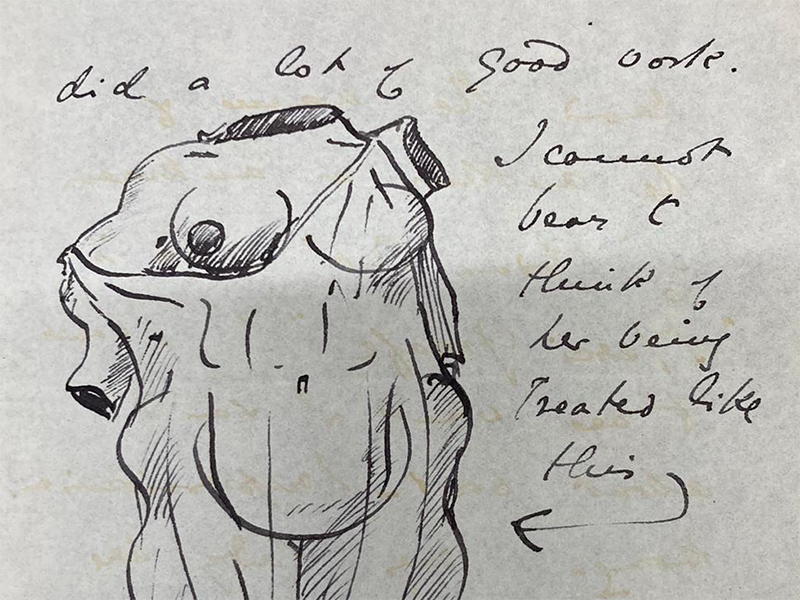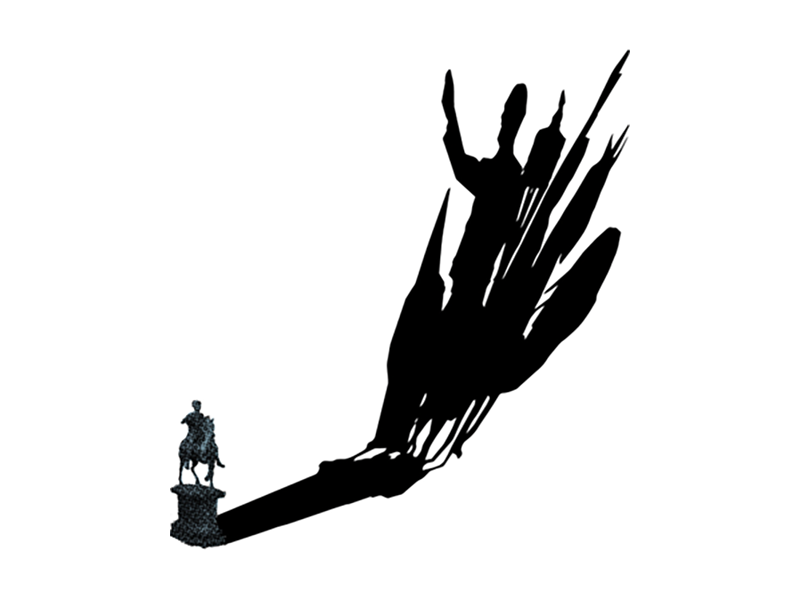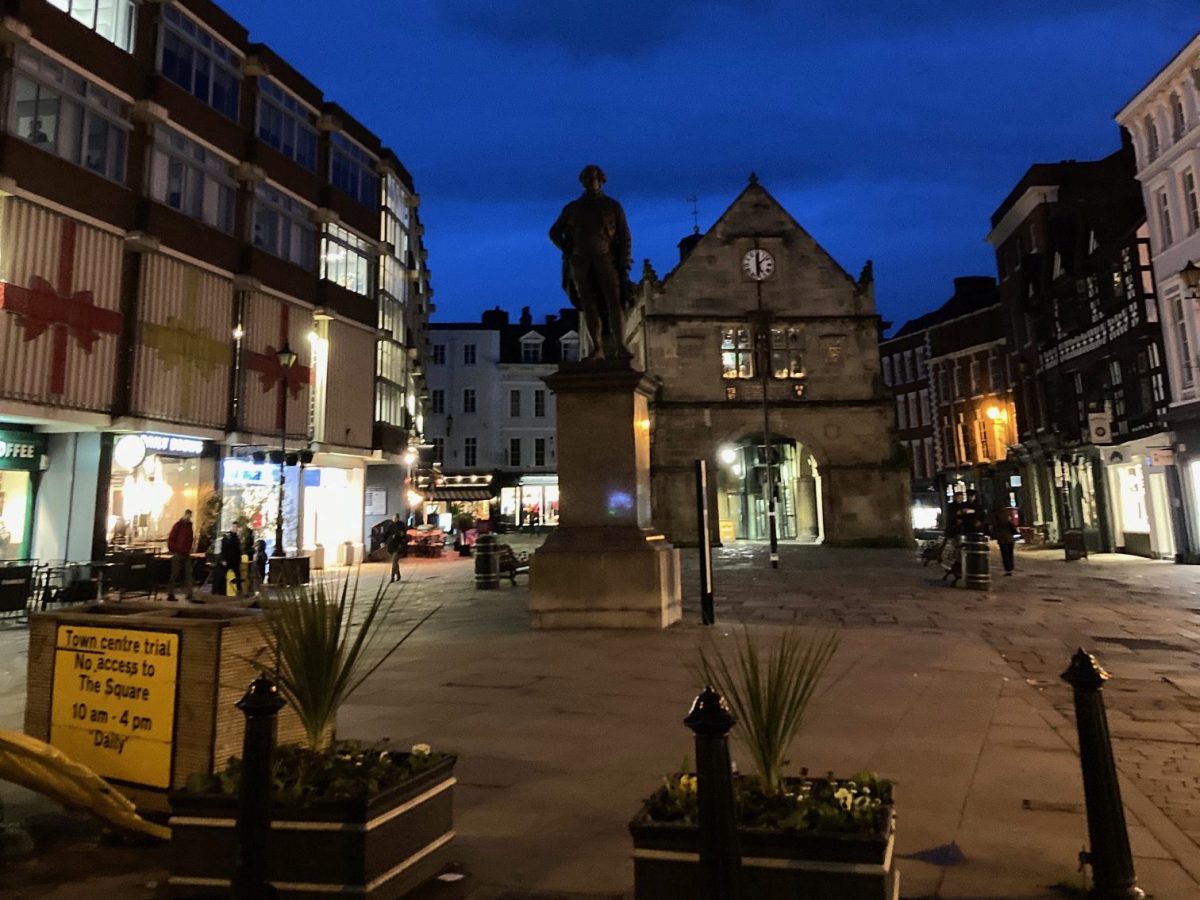I finally found time in January this year 2024 to take myself to Reading, to explore the Tweed archive, the collection of private papers, sketchbooks and artefacts deposited by the daughters of the sculptor John Tweed in Reading Museum in 1968. I received a wonderful welcome from the art curator and her team, as she gave up an entire day in order to accompany me to the museum store and literally walk me through the materials. This of course, is the reality of research in smaller, regional archives and museums, there is rarely dedicated staff available to facilitate research and access depends on the generosity of very busy staff with many other things to do. However, when one does secure the time of such colleagues, the depth of knowledge that they can offer about the area is a resource in its own right.


